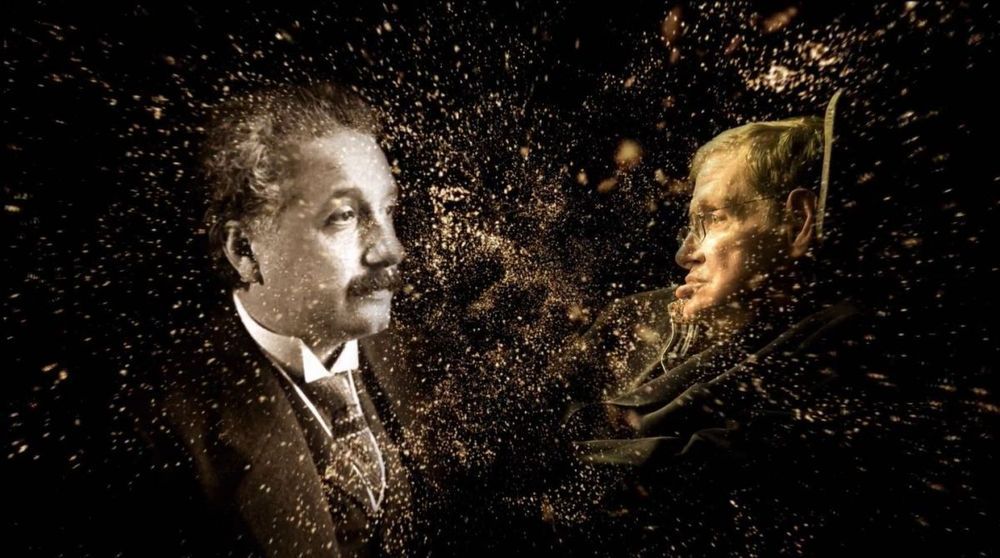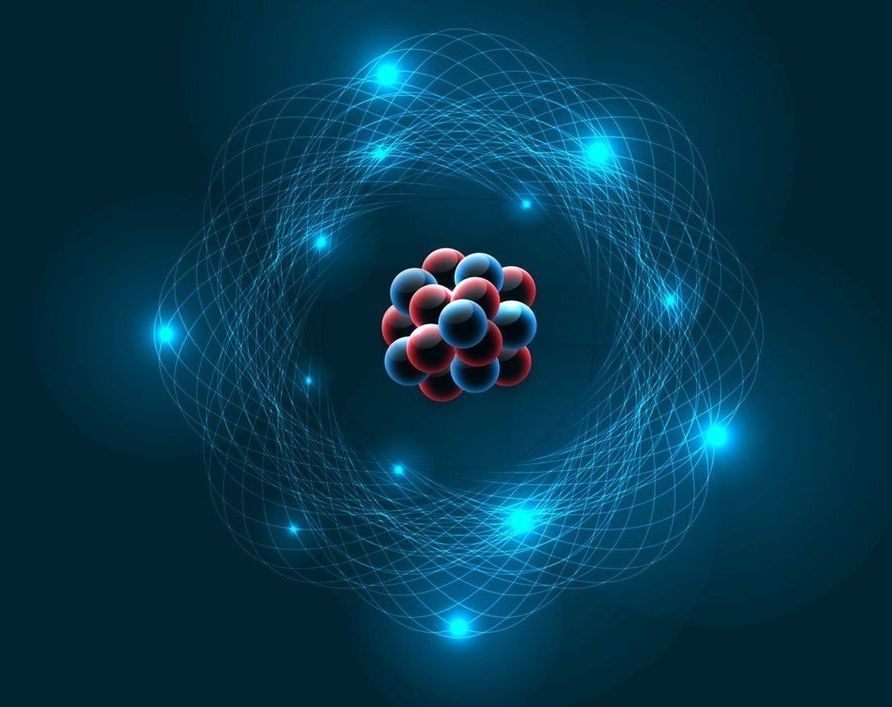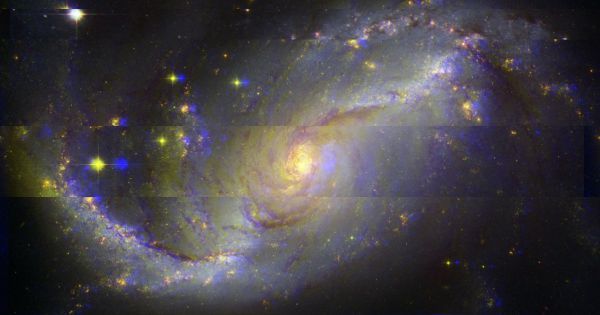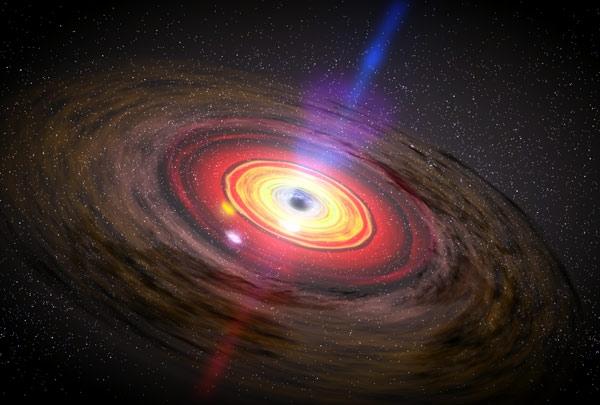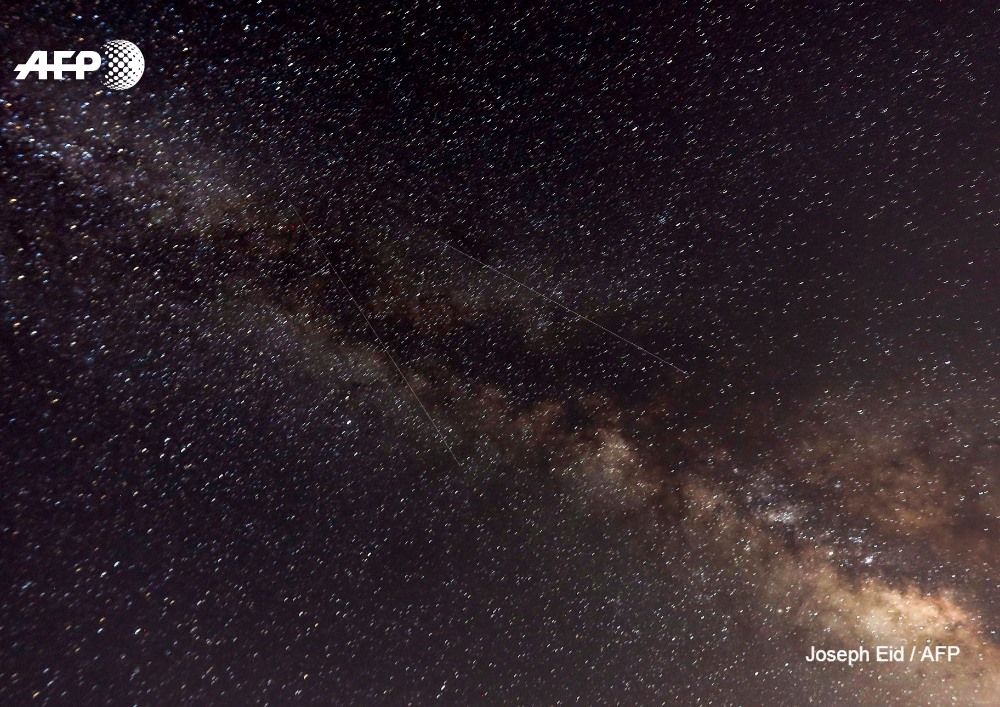Get to know two major icons of theoretical physics.
Category: physics – Page 257
A team of scientists in the US has brought us a huge step closer to a superconductor capable of working at room temperature.
If humankind were to find a way to construct a large-scale superconductor that could work at room temperature, the way our energy grids and computers are built – and many other areas of daily life – would be fundamentally changed.
The phenomenon is the lack of electrical resistance and is observed in many materials when they are cooled below temperatures of around −180 degrees Celsius, making them rather limited in their application. However, a team from George Washington University in the US has revealed something that could help us finally reach what is one of the most sought-after achievements in modern physics.
A DAY of science challenges and investigations run by the Institute of Physics was hosted by Rugby High School.
Teams from 12 schools from across the West Midlands came to take part in Super Physics Day.
The teams of four used their knowledge of science to conduct three timed investigations including ‘Air Drop’, an RAF challenge to drop relief packages from a plane to the desired location.
A bizarre theory could explain dark matter.
Mirror Image
The Big Bang didn’t just result in our familiar universe, according to a mind-bending new theory — it also generated a second “anti-universe” that extended backwards in time, like a mirror image of our own.
A new story in Physics World explores the new theory, which was proposed by a trio of Canadian physicists who say that it could explain the existence of dark matter.
In September 2018, physicists at the University of Tokyo were trying to create insanely strong magnetic energy in an indoor environment. They expected an explosion. But they didn’t know it would be so powerful that it would knock an iron door off its hinges.
How did scientists accidentally generate the longest-lasting and strongest controllable magnetic energy field in human history?
Forget the past.
However, a study from Berkley University suggests that entering a specific black hole in the universe can actually erase everything that had happened in a person’s past. Not only that, it could also give humans infinite futures!
But, how is that even possible?
According to NASA, “a black hole is a place in space where gravity pulls so much that even light can not get out. The gravity is so strong because the matter has been squeezed into a tiny space. This can happen when a star is dying.” In fact, indy100 mentioned in their article that, physicists have created a theoretical term called “cosmic censorship” to further explain the clash between the rules of the universe and the lawlessness of black holes. While it’s possible to survive a black hole, you should also keep in mind that it has the ability to “spaghettify” you.
Physicists at MIT have for the first time calculated the pressure distribution inside a proton. One incredible finding by the researchers is that the core of a proton generates pressures greater than what’s found inside a neutron star. That discovery is so incredible because a neutron star is among the densest known objects in the universe.
A new map of the night sky using the Low Frequency Array @LOFAR telescope charts hundreds of thousands of previously unknown galaxies.
The international team behind the unprecedented space survey said their discovery literally shed new light on some of the Universe’s deepest secrets, including the physics of black holes and how clusters of galaxies evolve.
